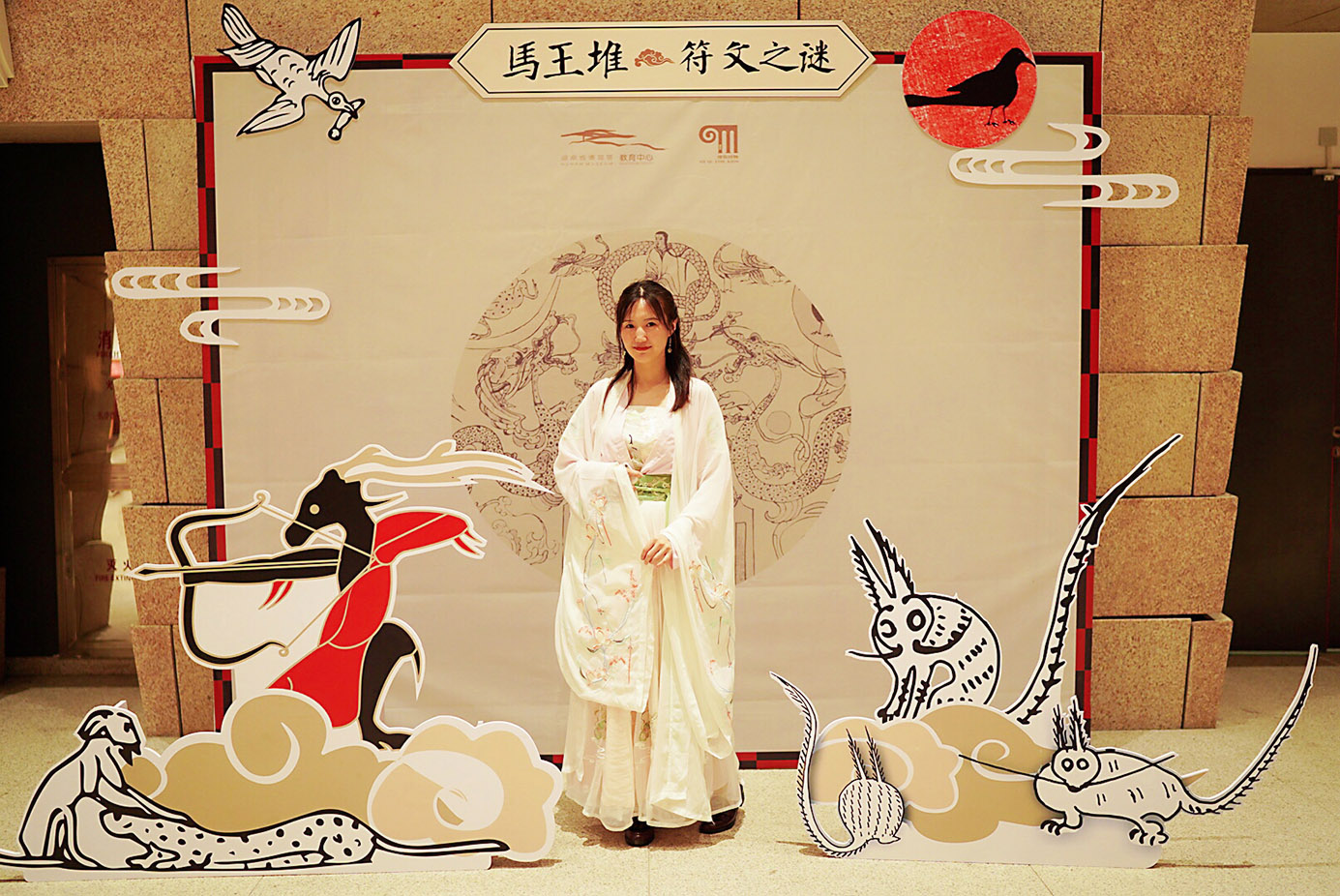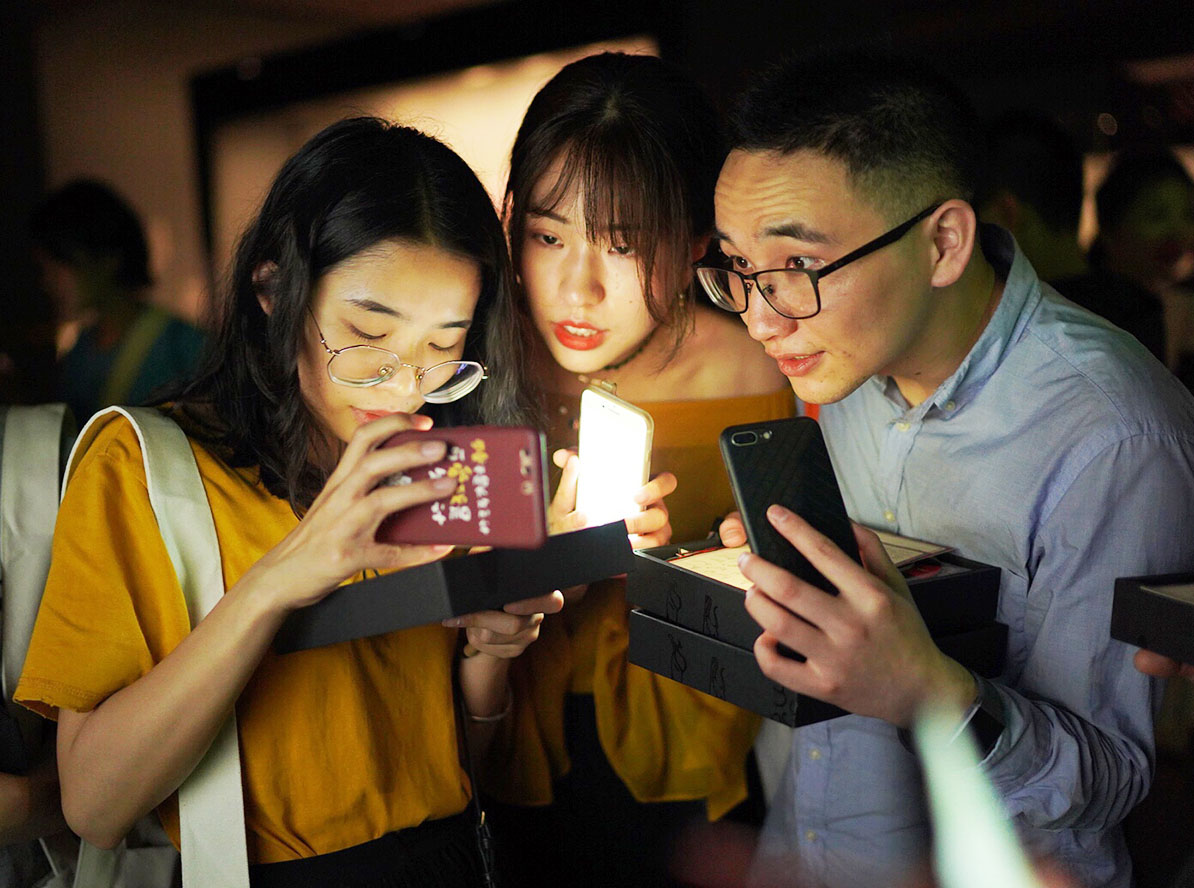By turning ancient texts into immersive puzzles, these games spark curiosity and invite players to discover history in new, exciting ways.

This month, the National Museum of Classic Books delighted visitors with the much-anticipated return of its immersive mystery game, Ancient Book Restorer: Hundred Cities Book.
In this engaging experience, players take on the role of a skilled ancient book restorer. Guided by detailed manuals, they delve into classic texts, uncover hidden clues, and piece together puzzles to solve the mystery.
The game, which has garnered over 59,000 views on the Chinese lifestyle platform Xiaohongshu (Red-Note), was developed by Puzzle Master, a pioneering Chinese tech company.
Since its founding in 2019, Puzzle Master has designed over 60 interactive games for museums, successfully attracting younger audiences — typically aged 20 to 30 — and making museums more accessible through playful, hands-on experiences.
"The idea first came to me while I was traveling in Europe," said Dai Ying, founder of Puzzle Master. "At the Louvre, I saw a group of children having an art class in front of the Mona Lisa. It inspired me to create something similar for museums in China."
READ MORE: Beyond whodunits
Dai observed that many young museumgoers tended to engage passively with exhibits, often relying on guided tours rather than actively exploring. This sparked her vision for a more interactive alternative: games.
"Games encourage active discovery," Dai said. "They offer instant feedback and a compelling storyline that draws players in."
She noted that players often form emotional connections with their characters and are given tools to overcome various challenges.
"This kind of engagement is something traditional learning methods often lack," she said. "Ironically, games — frequently criticized by parents and teachers — can actually deliver meaningful educational value."

Past comes alive
On May 18, 2019, to mark International Museum Day, Dai's team launched their first interactive game at an exhibition dedicated to the Mawangdui Han Tombs at the Hunan Museum.
As part of the exhibition, a special evening session was held, drawing around 500 participants for a two-hour adventure.
"We spent six months preparing for this debut," Dai recalled.
The team, composed of members with expertise in literature and history, worked closely with museum staff to ensure that every detail was both historically accurate and engaging.
"The most time-consuming part of designing a game is usually the research phase, which can take several months, but it's essential to deliver an experience that's not only entertaining but also informative," explained Chen Jingkun, 29, who joined the team in 2019 with a background in history.
Chen emphasized the importance of balancing academic rigor with accessible, captivating gameplay.
For example, when designing a game centered on ancient texts, the team drew on the Bencao Gangmu (Compendium of Materia Medica), the famous medical encyclopedia written by Ming Dynasty (1368-1644) herbalist Li Shizhen.
"The descriptions of herbal properties can be quite technical for general audiences," Chen explained. "So instead of diving into complex classical content, we focused on more approachable elements — like the shapes of herb leaves — for the puzzle design."
One such clue was Artemisia annua, a traditional Chinese herb chosen to resonate with modern audiences — especially those familiar with Nobel laureate Tu Youyou, who discovered artemisinin — a groundbreaking treatment for malaria — derived from this plant.
Designing these games requires meticulous planning and can take months or even years.
Chen recalled one of their most intricate projects, based on Dunhuang culture, which took nearly two years to complete due to the extensive research involved.
"Each game we design reflects the unique character of the museum it's created for," said Wang Mingchun, 32, one of the puzzle designers.
In a collaboration with the Fujian Provincial Archives, the team developed a game centered around "qiaopi" — a term in the Min dialect referring to remittances and family letters sent by overseas Chinese through unofficial channels. These letters offer rare historical insights into the lives of Chinese migrants during turbulent times.
"To prevent their messages from being intercepted, these letters were written using unique encryption methods," Wang said. "We wove these techniques into the game's puzzles to enhance the experience."
Wang also emphasizes the importance of connecting puzzles with real artifacts to create an immersive atmosphere.
In one of his current projects, for example, players use specially designed cards to frame artifacts and uncover clues by viewing them from different angles — encouraging a deeper, more interactive exploration of the exhibition.
"The game helps players observe the artifacts from a comprehensive perspective, making learning about their history both enjoyable and insightful," Wang said.
In 2023, the team began integrating cutting-edge technologies such as augmented reality (AR), virtual reality (VR), and mixed reality (MR) into their designs.
One game, set at the Huangsipu Ruins in Jiangsu province, allows players to move between the physical and virtual worlds to solve puzzles, creating a truly novel journey.
"Before launching a game, we conduct at least three rounds of field testing to refine it," Chen explained. These tests gather feedback from exhibition planners, museum staff, and experienced players to ensure a well-rounded and polished final product.
"We aim to deliver an engaging experience of evidence gathering and puzzle-solving while maintaining a smooth flow and avoiding disruptions to other visitors," Chen added.
Beyond the game
Chen has observed that in recent years, many players have enthusiastically promoted the games on Xiaohongshu, attracting a fresh wave of participants — especially those who might not typically visit museums.
"Puzzle games tap into players' curiosity, guiding them to explore history through suspenseful narratives and vivid storytelling," Chen explained.
"The roles they take on in the game allow them to experience personal journeys within a broader historical context."
For Chen, one of the most rewarding parts of designing these games is watching players grow over time.
She recalled a 5-year-old boy who, with help from his parents, participated in a game in 2019. Five years later, when the game launched its second season, the boy returned as a primary school student — this time completing the game entirely on his own.
"I witnessed his growth, just as he experienced the evolution of the game world," Chen said.
ALSO READ: Anime meets tradition
Now, Dai's team works with museums across China and has expanded their offerings beyond puzzle games to include puzzle books, immersive exhibitions, and scripted games. These inventive designs serve as bridges to history, bringing young audiences into the world of culture and heritage in exciting new ways.
"Many young people, inspired by the games, take it upon themselves to dig deeper into history," Dai said.
She fondly recalled a young girl who, after playing a game about archive preservation, visited a local archive to search for her grandfather's records. The girl later told Dai the game had changed how she viewed archives — no longer just collections of old documents, but living memories passed down through generations.
"I believe education, at its core, is about sparking curiosity. Once that spark is lit, young people will naturally seek knowledge and understanding on their own," Dai said.
Contact the writer at mengwenjie@i21st.cn


